Part VI. Striking Errors:
Strike Clips:
Elliptical Strike Clips
Definition: A coin that assumes an elliptical shape as the result of being sheared in two or torn off during the strike.
Elliptical strike clips can be generated on a first or second strike and can be produced in several ways.
Method 1: An off-center planchet can become trapped between the descending hammer die and a collar frozen in the “up” position. As a result, the trapped planchet is sheared in two. This is the most severe manifestation of a stiff collar error. The portion of the planchet protruding outside the striking chamber becomes a curved (and often crescentic) strike clip. The portion remaining within the striking chamber becomes an elliptical strike clip. This form of elliptical strike clip is almost exclusively confined to copper-plated zinc cents produced between 1989 and 1994.
Elliptical strike clips of this sort are often mistaken for elliptical clips. However, the two errors are easy to distinguish. In an elliptical strike clip, the design at one pole (the pole next to the sheared edge) is always complete. The face struck by the anvil die (usually the reverse face) has a rounded shoulder at this same pole and what appears to be an abnormally wide interval between the die struck design and the coin’s edge. Opposite the rounded shoulder, the obverse face shows a vertical flange — metal pushed up by the immovable collar. In copper-plated zinc cents, the zinc core is usually exposed where the coin was sheared in two.
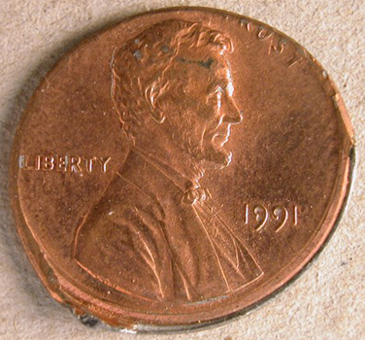
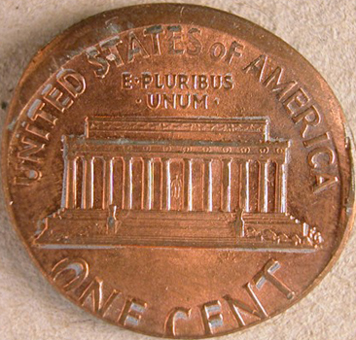
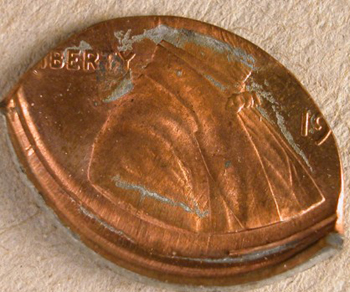
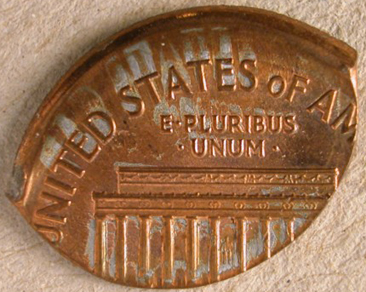
A much larger elliptical strike clip has reduced this undated cent to a small oval.
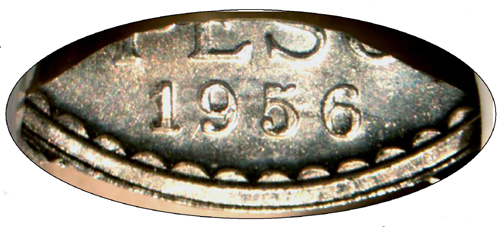
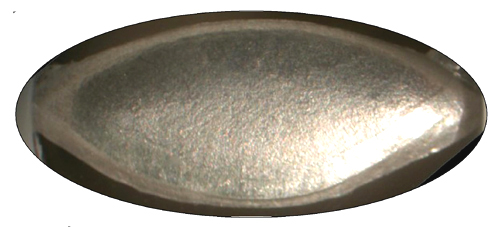
This 1956 Chile 1 peso coin takes the form of a very small, very light (0.1 g) oval. It is a uniface elliptical strike clip pinched off during the strike. It was erroneously slabbed by NGC as a “struck fragment”.
More information on elliptical strike clips can be found in the August 25, 2008 and April 5, 2010 issues of Coin World.